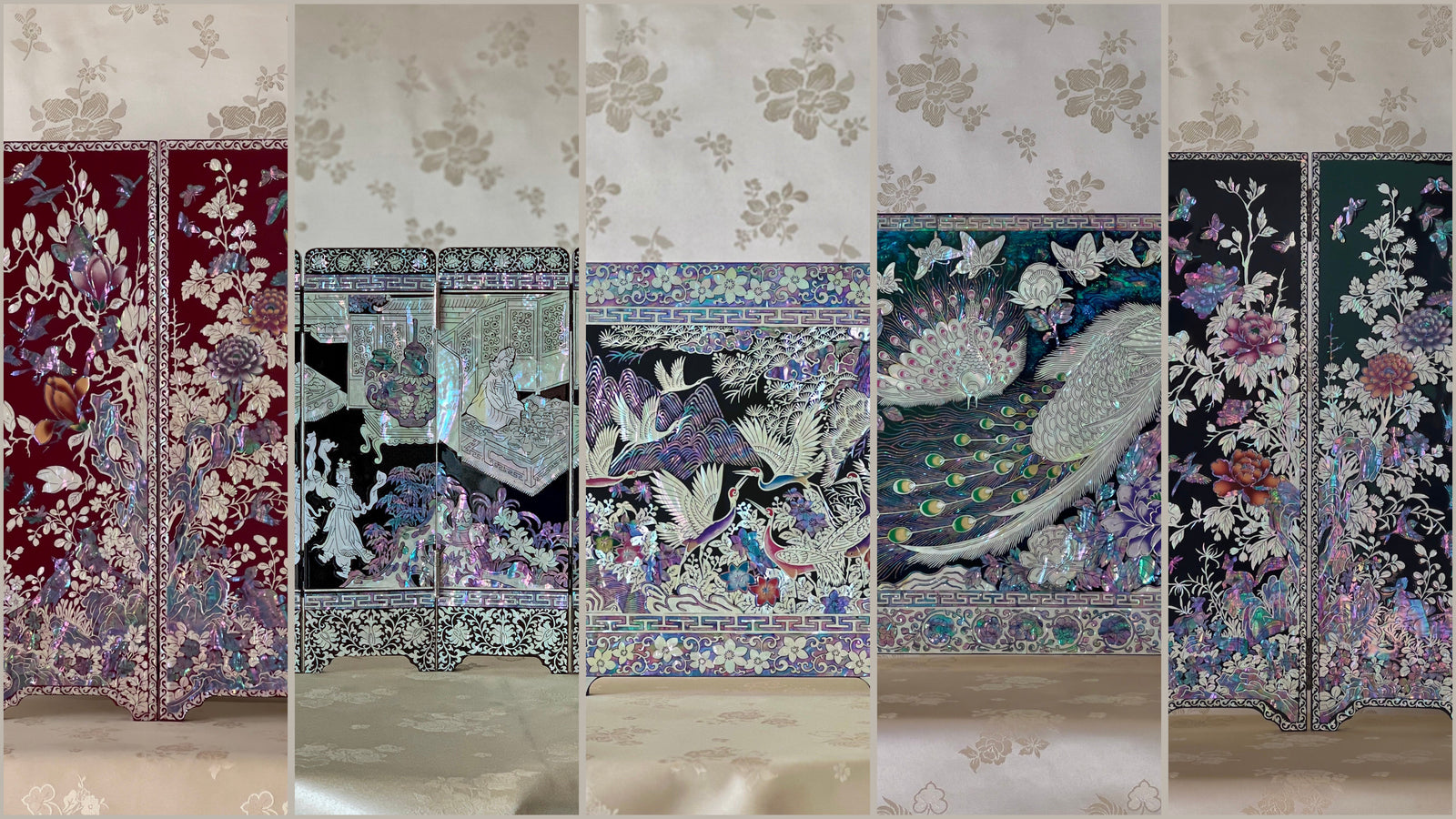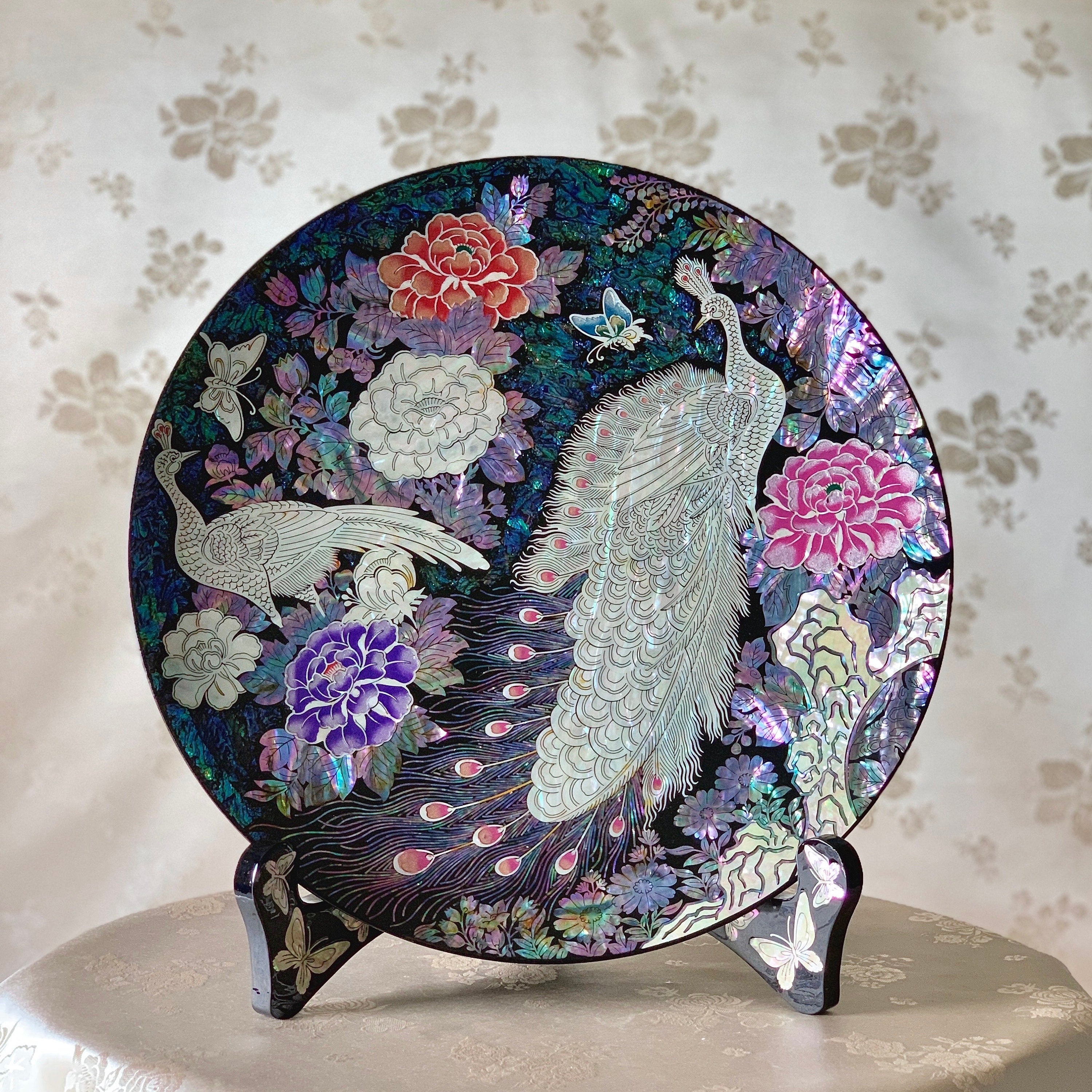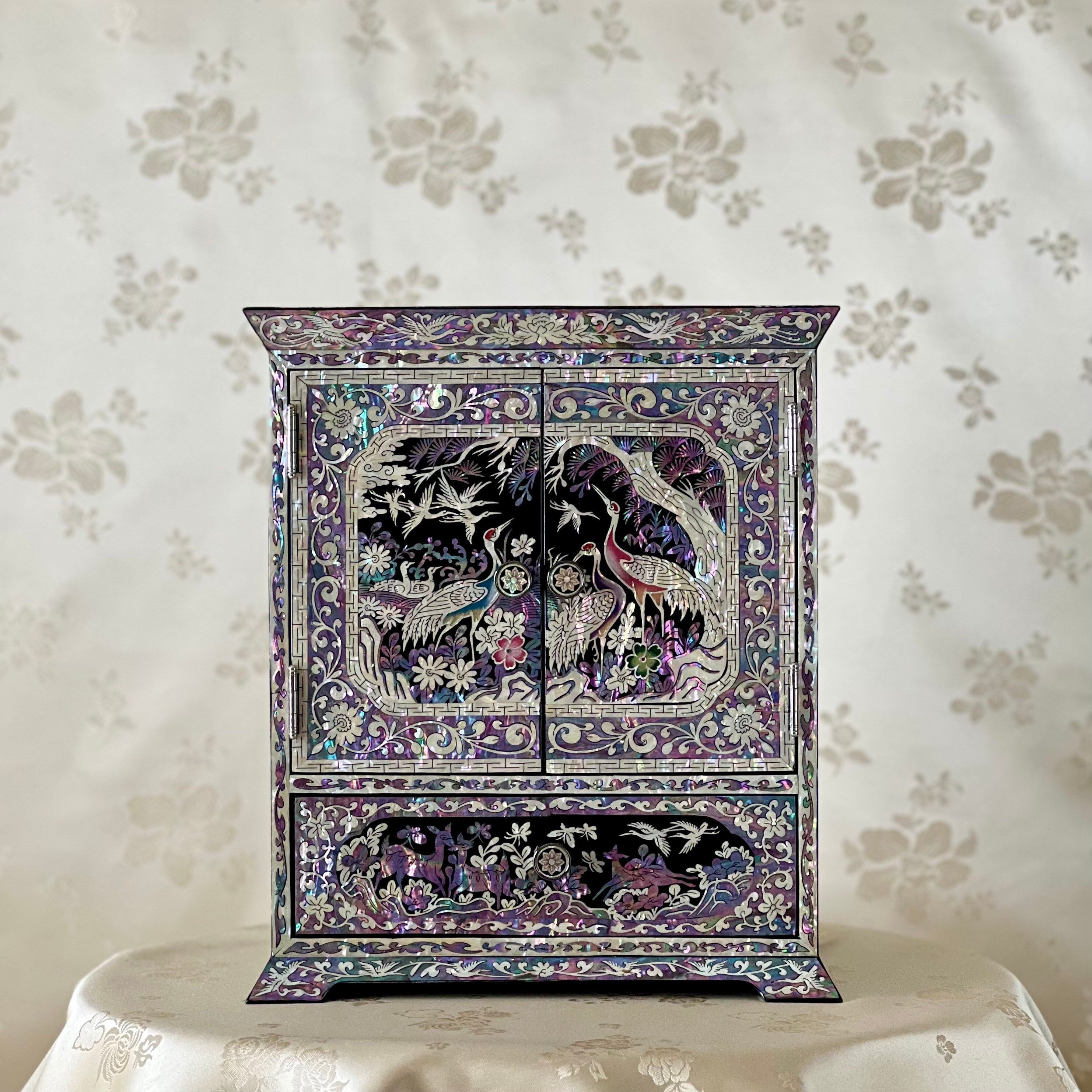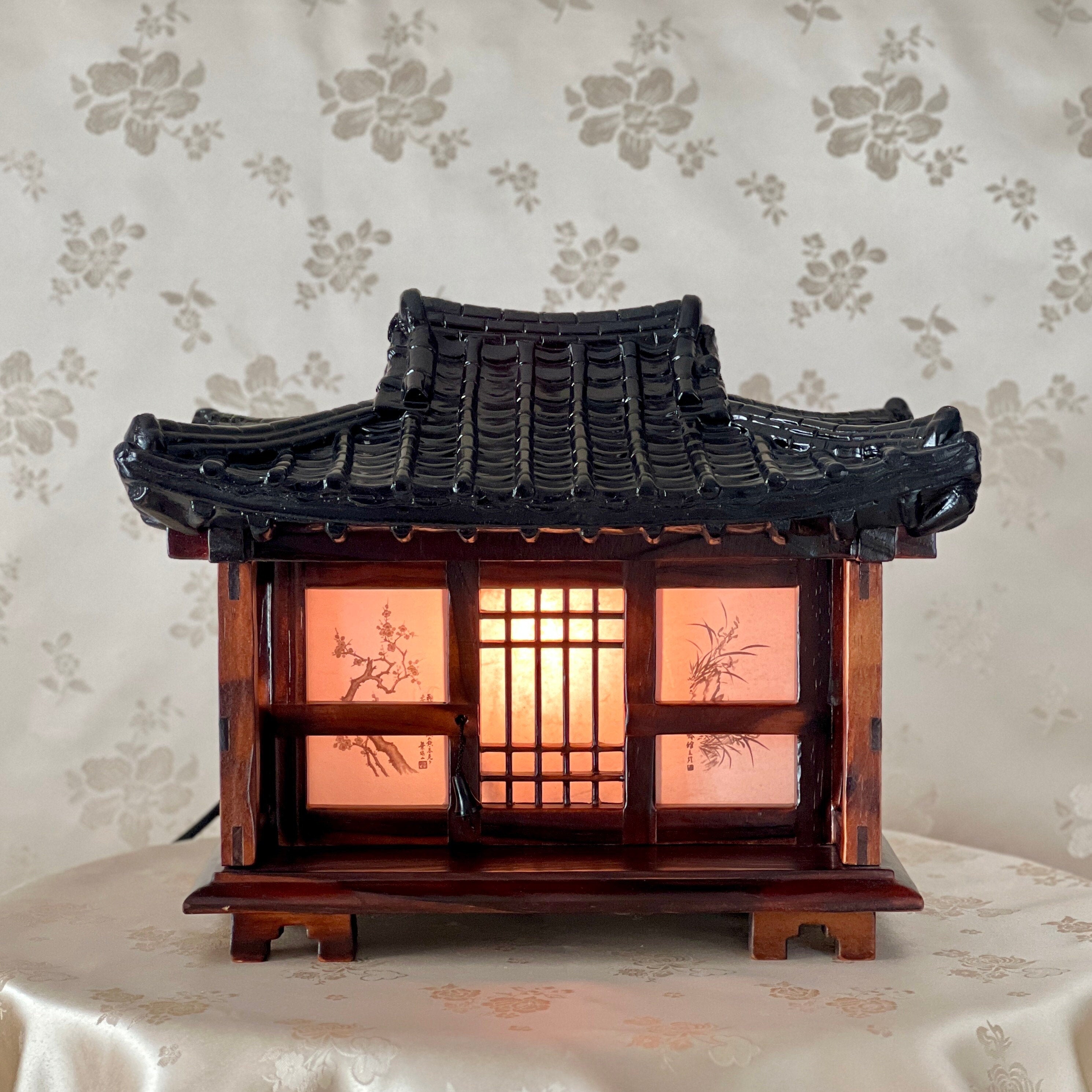About Korean Folding Screen

Folding screens, a significant art form, gained widespread popularity across Asia during the 19th and 20th centuries. These versatile, multi-paneled artworks, often adorned with intricate paintings, elaborate patterns, and refined calligraphy, served various functional and aesthetic purposes. They were used to decorate interiors, accentuate the presence of distinguished individuals, and provide elegant backdrops for a variety of ceremonies and rituals.
In Korea, the production of folding screens reached its zenith during the Joseon era. This period saw the creation of exquisitely crafted screens that not only embodied artistic excellence but also reflected the cultural and social values of the time. Korean folding screens from this era often featured themes of nature, folklore, and Confucian ideals, seamlessly blending artistic beauty with symbolic significance. These screens were highly esteemed for their ability to transform ordinary spaces into visually captivating and culturally enriched environments.








